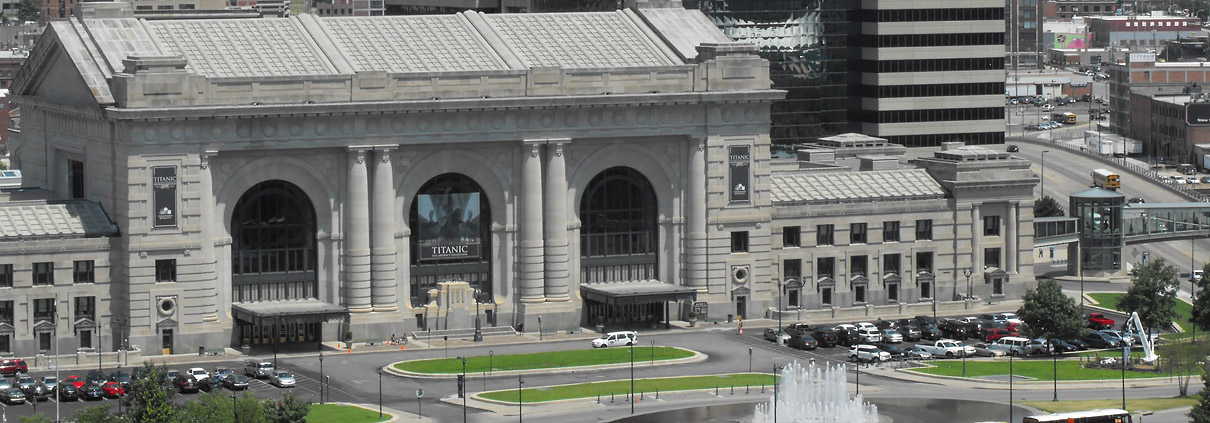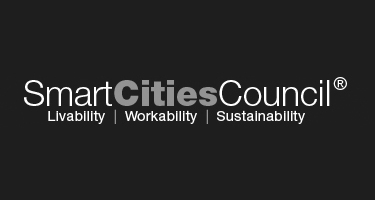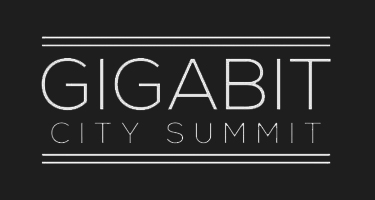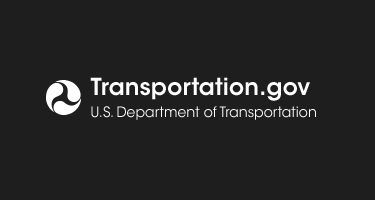
iNeighborhoods builds upon the success of the Brooking’s innovation district model, the Kansas City Google Fiber and Chattanooga Gig community experiences.
It all began when, in March 2011, Google announced its Kansas City Fiber initiative. Native St. Louisan Dave Sandel advised the Kansas City Mayors’ Bistate Innovation Team (MBIT) and co-authored the MBIT playbook, Playing to Win in America’s Digital Crossroads. This playbook outlined the civic, educational and economic infrastructure necessary to make a successful Gigabit City, and has since become an industry standard for mapping the development of fiber internet communities, Gigabit and Smart Cities.
The Brookings Report
iNnovation neighborhoods are distinctly different from innovation districts. In the Brookings Metropolitan Policy Program report “The Rise of Innovation Districts: A New Geography of Innovation in America,” the authors described an emerging urban model called “innovation districts.” As described in the report, “these districts, by our definition, are geographic areas where leading-edge anchor institutions and companies cluster and connect with start-ups, business incubators, and accelerators. They are also physically compact, transit-accessible, and technically-wired and offer mixed-use housing, office, and retail.” Given an institutional focus, innovation districts tend to be suited for persons or organizations familiar with a university or institutional setting.
Moreover, innovation neighborhoods are at the center of community life and are inclusive in nature. They are neighborhoods that are capable of attracting a unique creative community that allows all comers, no matter what education level or economic class. Innovation neighborhoods thrive on talent, regardless of how it arrives. Pound for pound, innovation neighborhoods have a higher potential for socio-economic impact than innovation districts.
Kansas City
It was also clear from the Kansas City experience, that other cities would be interested in harvesting the economic development potential of high speed infrastructure. However, it was also clear that there were several gating factors that were either in play, or would eventually surface. These factors included:
1) That an all fiber city was an expensive and time consuming proposition.
2) That cities wanted the economic development benefits sooner, rather than later.
3) That in the early stage it was not necessary for high speed infrastructure to be everywhere.
4) That wireless technology was going to play an increasingly larger role.
5) That there was an incredibly small number of persons experienced in realizing socio-economic gains and entrepreneurial impact.
6) That inclusion, would become a key design factor.
And perhaps most important:
While high speed Internet infrastructure is an essential ingredient, it is not sufficient to realize the socio-economic promise of the Smart City. Moreover, high impact Smart Cities are %90 sociology and %10 infrastructure. Access to talent and an effective collaborative entrepreneurial ecosystem, are more essential than the availability of high speed data infrastructure.
National League of Cities Report
The latest NLC report, City of the Future – The Future of Work series, “examines societal shifts and advancements in technology that are impacting the rapidly changing American workforce. The report outlines solutions to help city leaders plan for the fast-approaching future.” We believe this report adds further credibility to the iNeighborhoods community development program which attracts high value jobs while also working to manage technology and community related change.
Summary
iNeighborhoods is a cost effective community solution which enables cities and neighborhoods, to realize inclusive economic impact, attracting new residents, start-up companies and higher value jobs, sooner.
iNeighborhoods builds upon the success of the Brooking’s innovation district model, the Kansas City Google Fiber and Chattanooga Gig community experiences.





